|
by Dark Watcher |
|
|
Around March 12th, 1997 rumors began to surface about what originally began as a 64-bit upgrade for the Sega Saturn. Eventually
news began to leak about Sega's development of a totally new console. By June 1997 it was known that Sega had two different
design specs for consideration to become the new console, one code-named 'Black Belt' and the other code-named 'Dural'. 'Black Belt' was being designed by Sega of America. The console would sport an IBM/Motorola PowerPC 603e CPU with 3Dfx Voodoo graphics chipset. As a result of the programming difficulties of the Sega Saturn, Sega of America also approached big time PC developer Microsoft to develop an easy to program operating system for the console (probably where Microsoft took an interest in the console market). Sega of Japan however began developing 'Dural' which would sport a Hitachi SH-4 CPU with PowerVR2 graphics chipset designed by old console rival NEC/Video Logic (maker of the TurboGrafx 16, Turbo Duo and PC-FX). Both designs were brought to the big shots at Sega and compared side by side. It was determined that the 'Dural' design would be used, but would incorporate elements of the 'Black Belt' design. As a result most of the members of the American design team quit the company. 3Dfx then files a breach of contract lawsuit against Sega. Sega worked with Microsoft, Hitachi, NEC\Video Logic and Yamaha to produce this machine. It was announced to the public as the Sega Katana on September 7th 1997 and would be the first 128-bit console to enter the videogame market. Sega fueled the console's hype by spending $100 million to launch it. Due to the demand for units, the system now called Dreamcast was rescheduled a number of times and was finally released in Japan on November 27, 1998. |
|
|
By July 16, 1999, the Dreamcast was outselling the Nintendo 64 by a 3 to 1 ratio. Meanwhile in America, advertising for the
Dreamcast (their infamous 9.9.99 campaign as displayed to the right) was taking place and was released on September 9, 1999.
Europe also saw a successful release on October 14, 1999. The Dreamcast was an impressive system boasting powerful specs, a simple to program Windows CE operating system and a built in modem for use in internet browsing and online game play. The year long wait from the Japanese release gave 3rd party developers ample time to bring a collection of software titles for the release. After some delays, SegaNet was finally introduced. SegaNet allowed Dreamcast users the ability to play games over the Internet. In January 2000, 30% of Japanese Dreamcast owners were online and by February 17 this had risen to almost 50%. In the US over 300,000 people were using DC's Internet and in Europe over 200,000 were reported. It would seem that Sega had finally corrected the mistakes that plagued them in the past. Even with the success of Dreamcast all was not well in the world of Sega. Sega faced numerous lawsuits from companies such as 3Dfx and were attempting to recover from a failed merger with Japanese company Bandai that occurred in January, 1997. The eventual release of Sony's 128-bit over hyped successor complicated matters with its backwards compatibility and ability to play DVDs (more bang for the buck). |
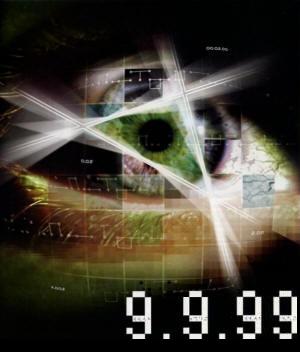 |
|
The President of Sega Sholchiro Irimajiri steps down and is replaced by Isao Ohkawa. One of
Ohkawa's first steps is to issue an ultimatum and 500 million dollars to Sega of America to make the Dreamcast healthy in the U.S.
market again. Sega also faced difficulties in a price war with Sony. Sega initially could not afford to lower the price of
the console or they would never meet the break-even point due losses from previous console failures. With the announcements by
Nintendo and Microsoft of new consoles, Sega knew they couldn't hold out. On January 31, 2001, Sega of America announces a major restructuring. The price the Sega Dreamcast dropped to $99.95 on February 4 and production of new systems ceased on March 31. Sega left behind the hardware business and became a software developer. Sega of Japan followed suit two days later. The Sega Dreamcast was an amazing console and possibly one of Sega's greatest successes. It opened the gateway to console online gaming and its heart lives on in Sega's NAOMI arcade board. Its a shame that the Dreamcast's success could not save Sega as a hardware company, but its amazing game library lives on in console / PC ports. FACT: Sega's choice to use a simplistic operating system to run its console was not only a benefit to 3rd party software developers, but also to private programmers around the world. Even after Sega announced they would no longer support the console, the Dreamcast lives on special thanks to these amazing private software authors. |
|
 |
|
|






 2010s - NOTES
2010s - NOTES


 MODELS
MODELS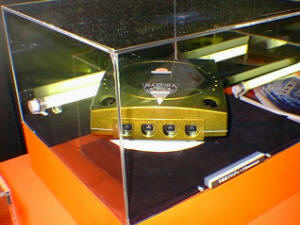
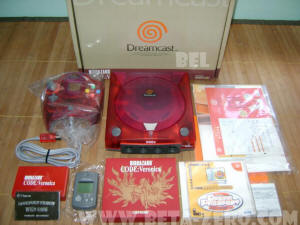
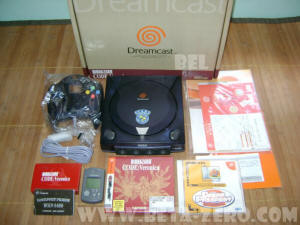
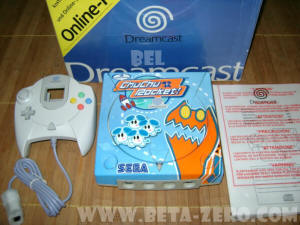
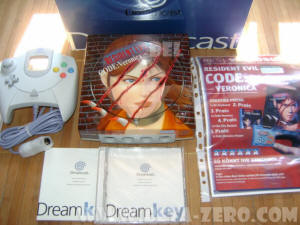
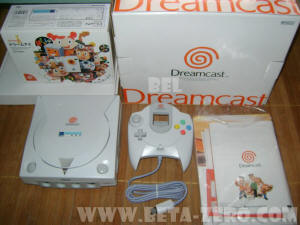
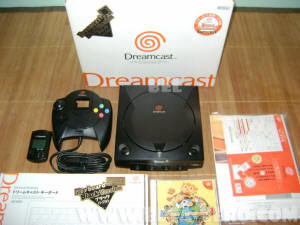
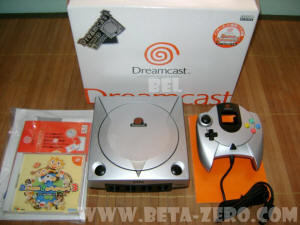

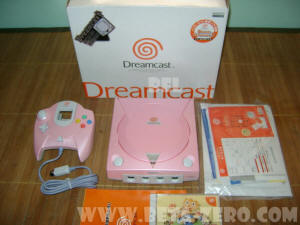
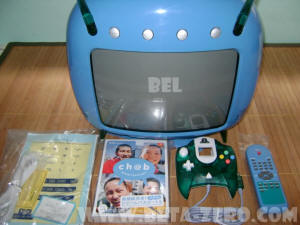
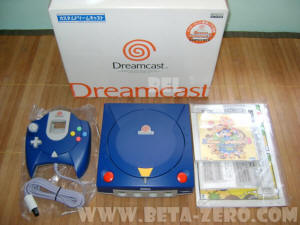
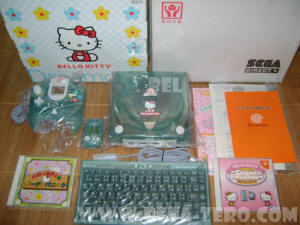
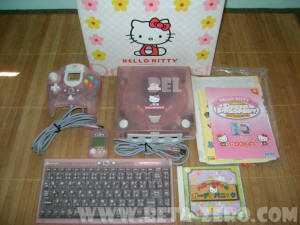
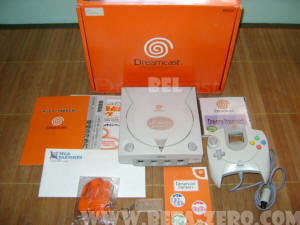
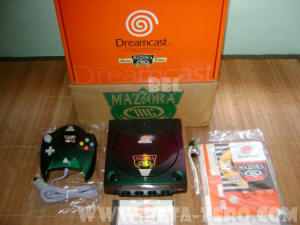
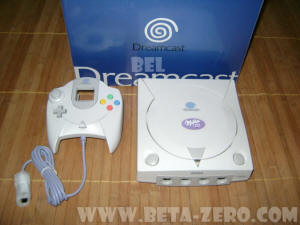
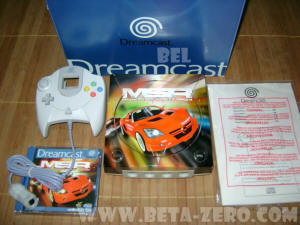
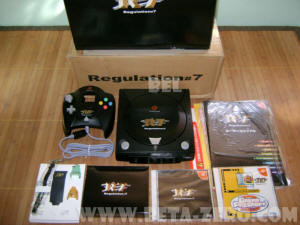
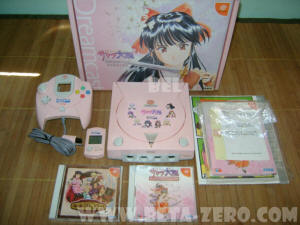
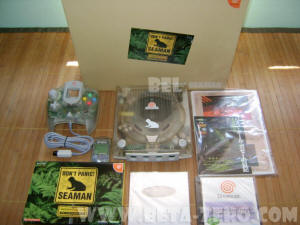
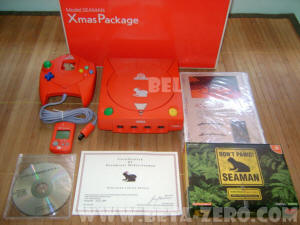
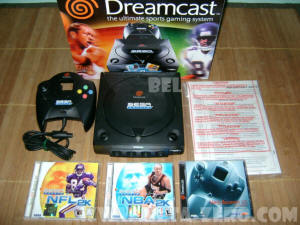
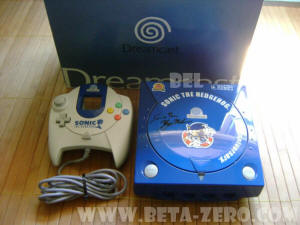
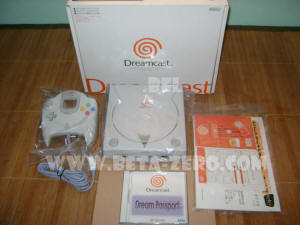
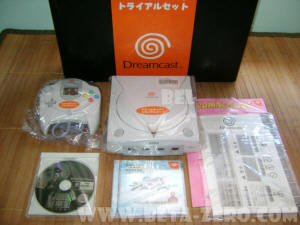
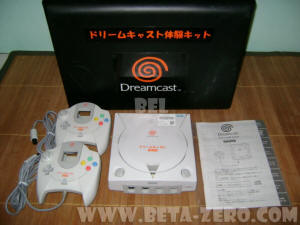
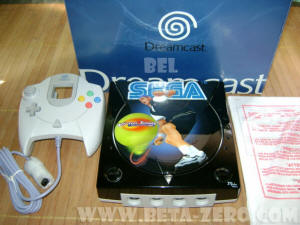

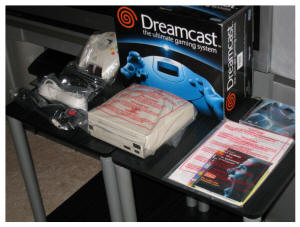
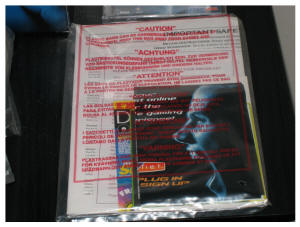
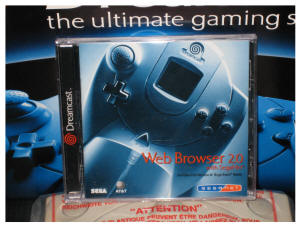
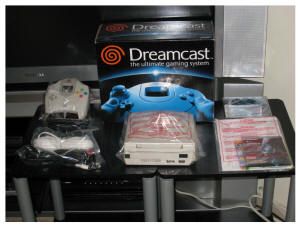
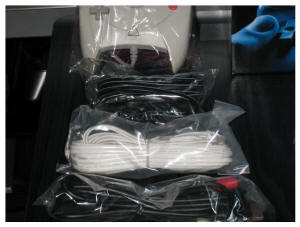
 CLONES
CLONES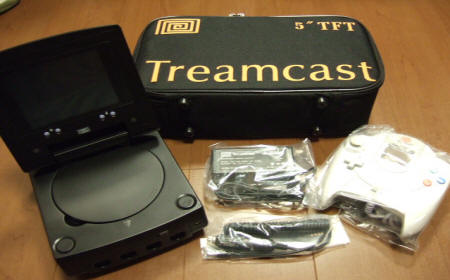
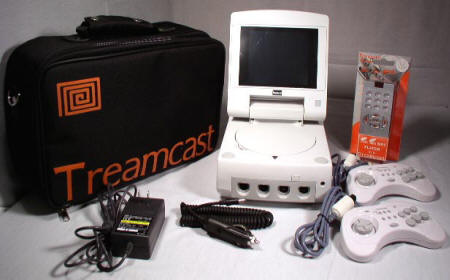
 FORMAT, PACKAGING & GENERAL INFO
FORMAT, PACKAGING & GENERAL INFO
 SCREENSHOTS
SCREENSHOTS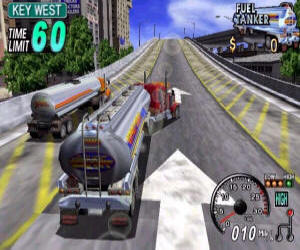
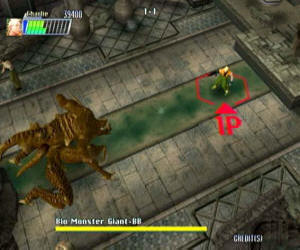
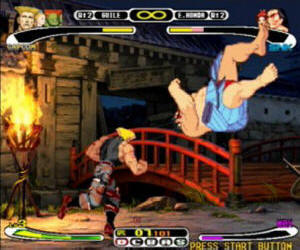
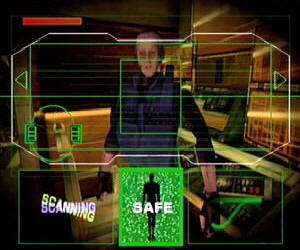
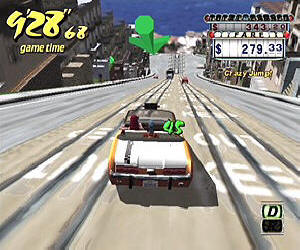
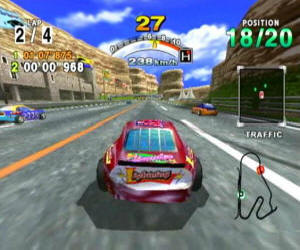
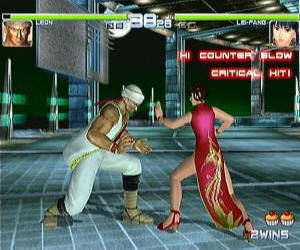
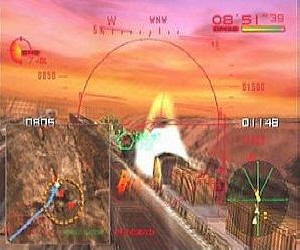
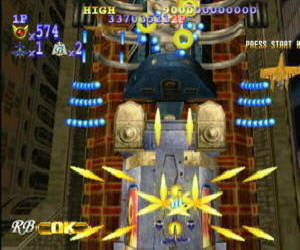
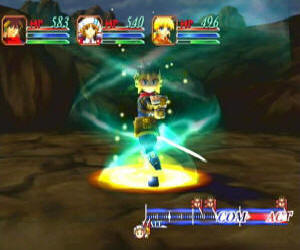
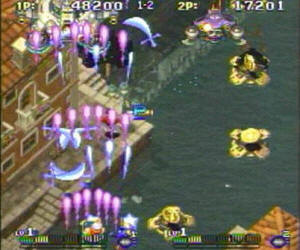
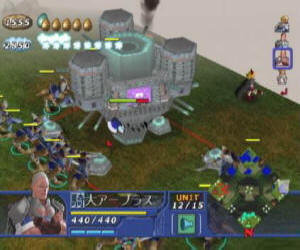
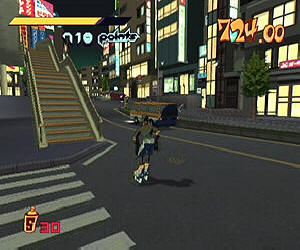
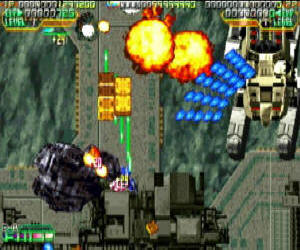
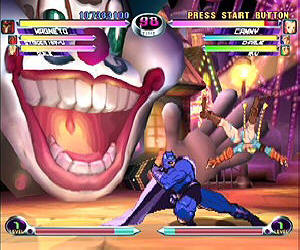
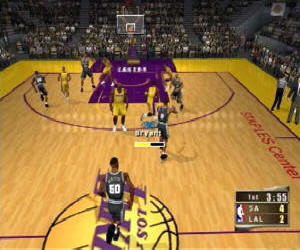
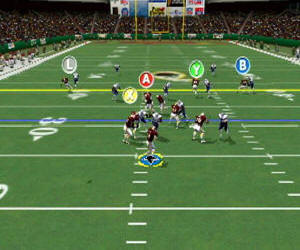
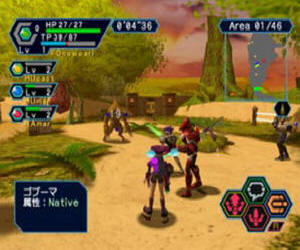
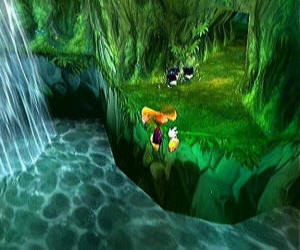
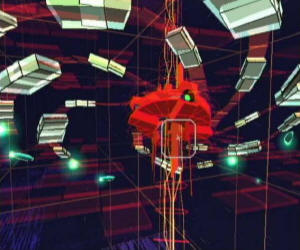
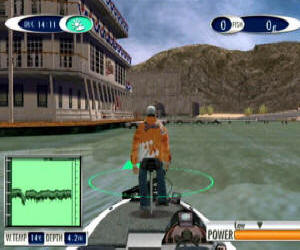
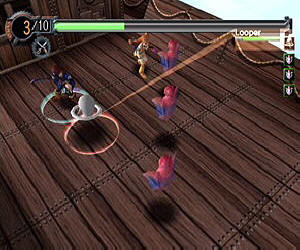
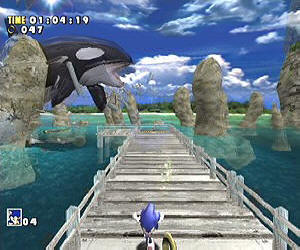
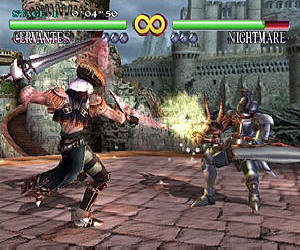
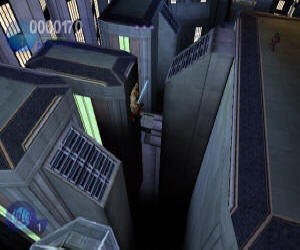
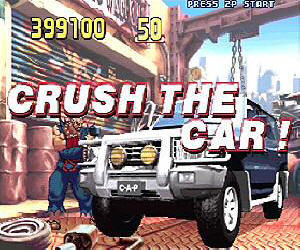
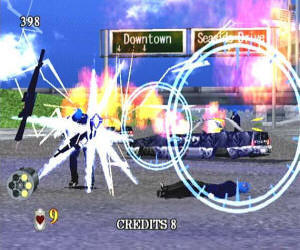
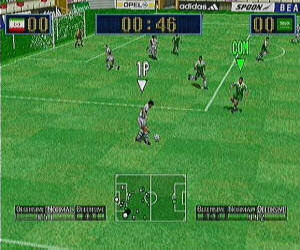
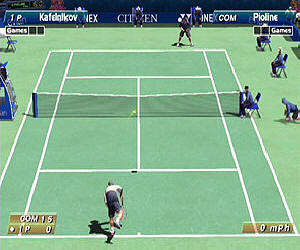
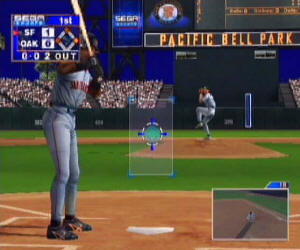
 EMULATION
EMULATION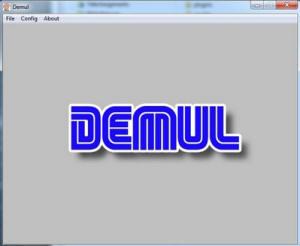
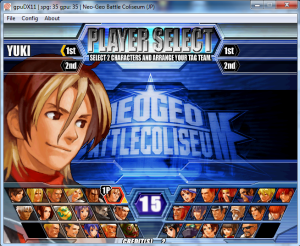
 SPECS & MANUALS
SPECS & MANUALS OTHER
MEDIA
OTHER
MEDIA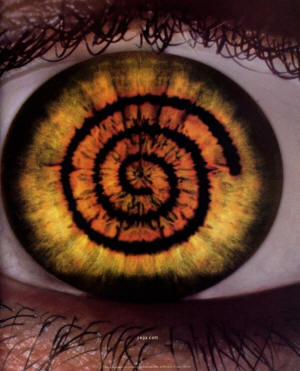
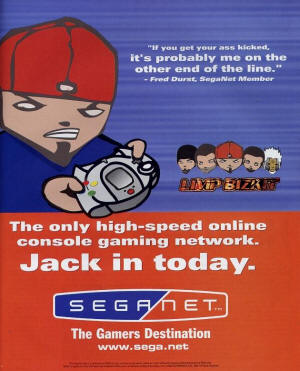
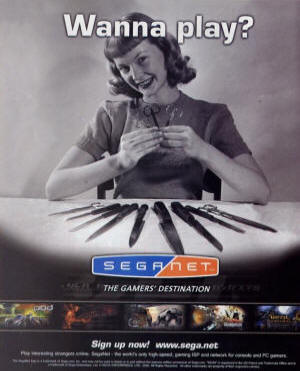
 WEB RESOURCES
WEB RESOURCES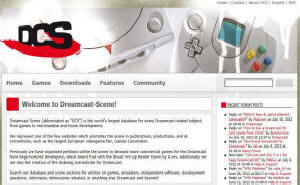

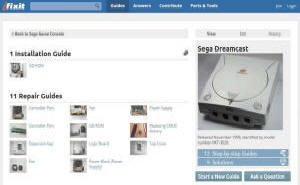
 DISCUSS
DISCUSS